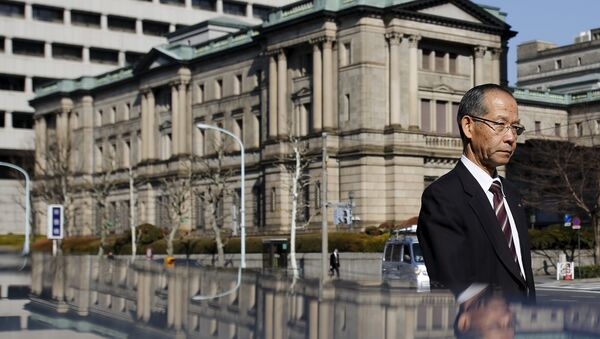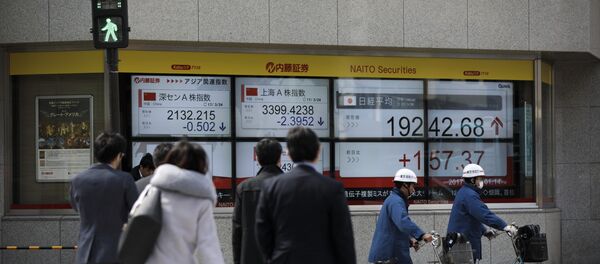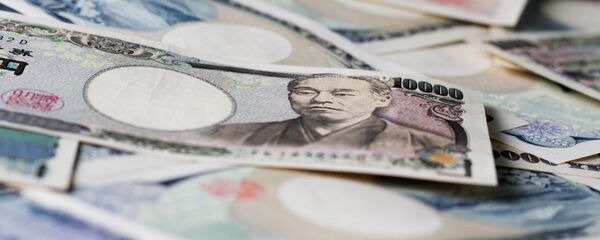Kristian Rouz – Bank of Japan (BOJ) Governor Haruhiko Kuroda claims there is ‘no reason’ for the regulator to raise base borrowing costs from their current ultra-accommodative negative levels.
Last week, both the US Federal Reserve and mainland China’s central bank raised their respective borrowing costs in line with the global pivot to tightening in monetary policies after a decade of unconventional stimuli. Even the European Central Bank (ECB) has been discussing removing stimulus and raising rates in the recent weeks. The world’s biggest economies aim to keep pace with the gains in US asset valuations stemming from the Fed policies by raising base borrowing costs, thus staving off the threat of disinvestment.
But Japan is seemingly willing to go its own way.
"I don't think we need to raise our interest-rate targets now," Kuroda said. "If inflation in Japan accelerates sharply, at some point the BOJ may debate adjusting its interest-rate target."
Why do the world’s major central banks want to raise their rates in line with the US Fed’s hikes? The reason is the so-called natural interest rates, or government bond yields. As the US Fed raises rates, US bond yields go up, making US debt cheaper and more volatile, whilst higher yield makes these Treasury bonds more profitable. Other central banks want a higher yield as well, or else their respective nations will lose investment appeal.
Now, Kuroda said, he is going to address the challenged posed to the Japanese economy by the rising US yields by increasing the Japanese governmental bond (JGB) yield target. This central banks tool will reassure overseas investors of sufficient profitability of their JGB holdings and prevent the threat of disinvestment in Japan for the time being the BOJ is trying to spur inflation and growth.
"When deciding on monetary policy, we must look at the underlying trend of inflation… We won't change monetary policy just because oil price rises push up inflation," Kuroda said.
Business activity in Japan has not been strong enough recently as international demand for Japanese manufactured goods is weaker than it was before the global overproduction fever that started around early 2014. Inflation is severely hampered by the flat factory-gate prices, and the yen’s strength.
Currently at some 111 yen per 1 USD, the Japanese currency renders energy and raw material imports in Japan fairly cheap. The BOJ is struggling to devalue its currency, but the safe-haven status of the yen in global currency trading is a setback: the demand for the yen is rife.
“The BOJ isn’t confident the inflation rate is moving closer to the 2 percent target,” Yoshimasa Maruyama of Tokyo-based SMBC Nikko Securities Inc. said.
However, the foreign trade positioning of Japan has improved in the recent months as exports picked up. This, however, immediately uplifted factory output, leaving factory-gate deflation in place.
Japanese inflation has picked up recently, but the projections are any gains in domestic prices will be slow and gradual, and inflation will likely remain below the BOJ 2-percent target for years ahead.
The BOJ, however, recently reported improvements in the Japanese business investment, also gaining traction from the increased exports.
"There is no need for the BOJ to make a move now," Maruyama added. "The global economy is picking up and Japanese exports are rebounding, signalling Japan’s economy is on the rise."
This is quite unfortunate, though, as it exposes how the Japanese economy is overly reliant on foreign trade, which greatly affects most of its macroeconomic indicators. In the nascent era of reflation and industrial renaissance in Europe and the US, it is most beneficial for most economies to become increasingly self-reliant, as foreign trade disruptions are likely to be severe in the coming years.






